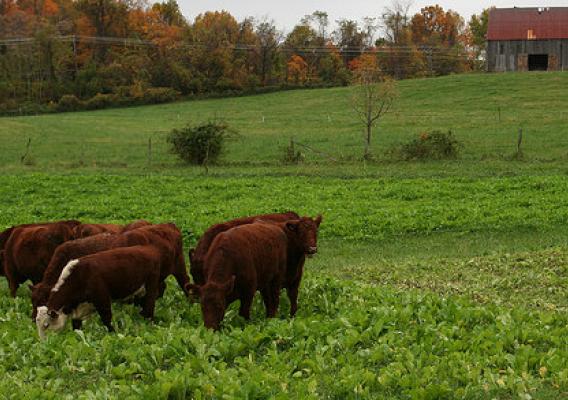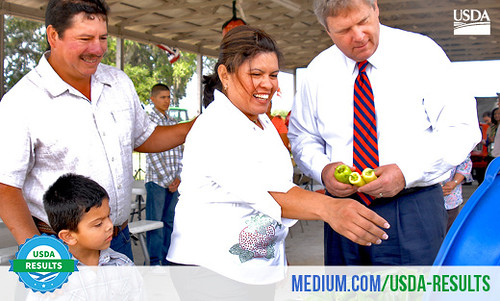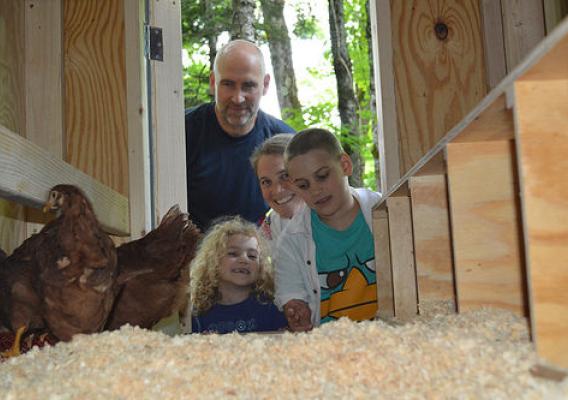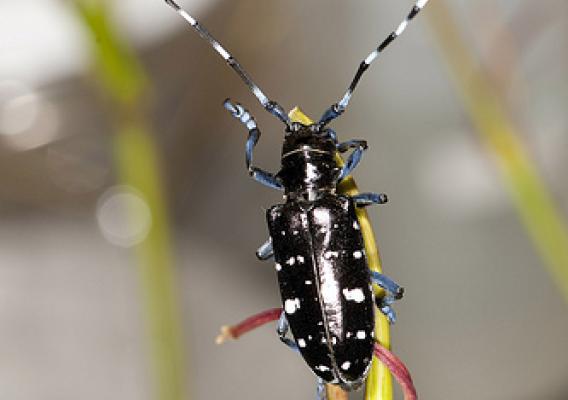The following guest blog from a school and community nutrition services director in Louisville, Kentucky highlights how non-profit School Food FOCUS relies on USDA’s Process Verified Program (PVP) to help increase transparency and choice for school food purchases. USDA’s objective, third-party auditing services focus on increasing transparency from farm to market by offering verification based on clearly defined, implemented, and transparent process points.
By Julia Bauscher, Director of School and Community Nutrition Services, Jefferson County Public Schools, Louisville, Kentucky
The first time School Food FOCUS brought together a group of school food directors like myself to talk about how we could improve the quality of chicken—the number one protein we serve to students—I was thrilled and a little daunted.
Schools across the country spend nearly $1 billion on chicken every year. That’s a lot of buying power. School Food FOCUS challenged us to think about the changes we can make to our food system if districts leveraged this buying power to create a demand for chicken that is better on the plate and for the environment.



 Today, USDA is launching USDA Results, a progressive, year-long, multimedia storytelling effort showcasing the Administration’s work on behalf of those living, working and raising families in rural America. Each month, USDA will release a new chapter of the story at
Today, USDA is launching USDA Results, a progressive, year-long, multimedia storytelling effort showcasing the Administration’s work on behalf of those living, working and raising families in rural America. Each month, USDA will release a new chapter of the story at 





